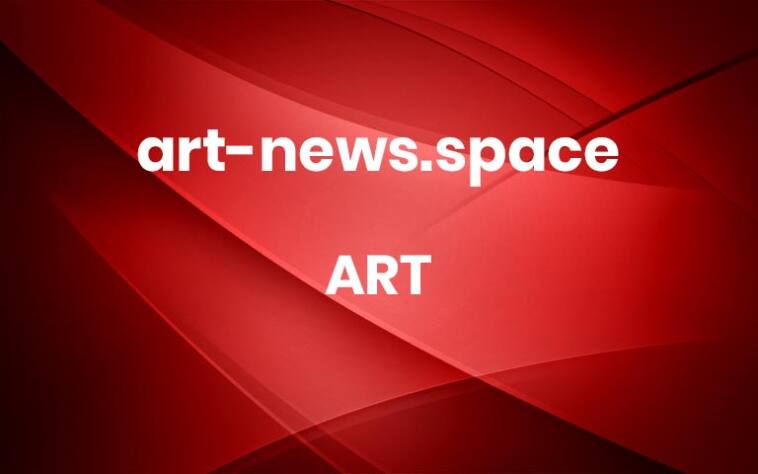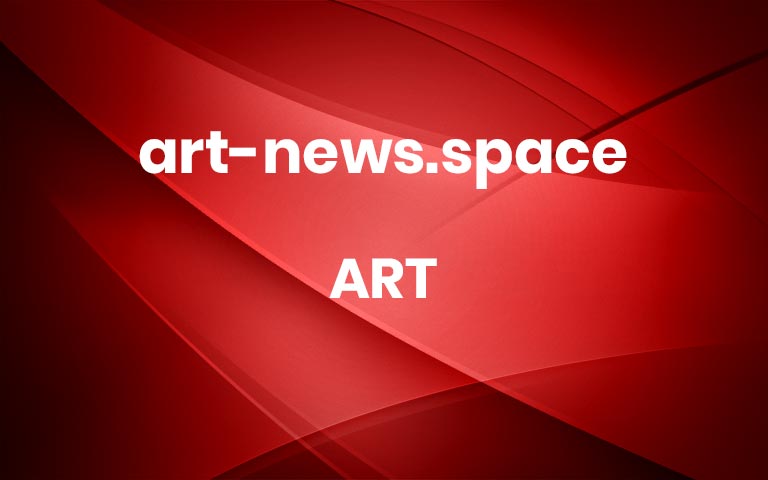Meticulously Sculpted Books by Brian Dettmer Explore the Inner Workings of Information
In ‘In·Formation,’ out-of-date reference books are troves of imagery and data.
Do stories and artists like this matter to you? Become a Colossal Member today and support independent arts publishing for as little as $7 per month. The article Meticulously Sculpted Books by Brian Dettmer Explore the Inner Workings of Information appeared first on Colossal. More



